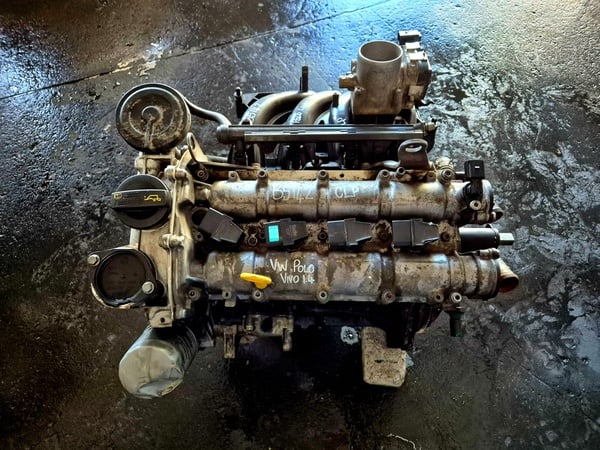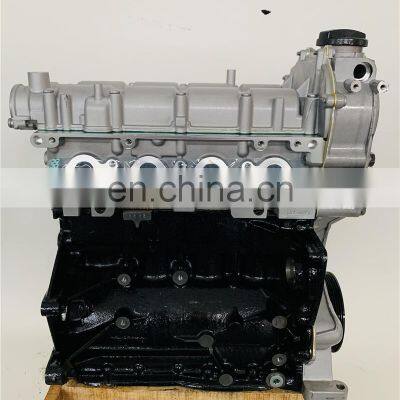Optimize fuel efficiency with a top-tier clp engine.
Optimize fuel efficiency with a top-tier clp engine.
Blog Article
Exactly How a Clp Engine Can Enhance Efficiency in Different Industries
The development of CLP engines notes a significant change in operational performance across different sectors, driven by their ability to maximize gas intake and decrease downtime. Industries such as production and logistics stand to obtain considerably from their robust layout and regular power result, which guarantee to simplify operations and enhance performance. As companies increasingly focus on sustainability together with performance, the role of CLP engines becomes a lot more crucial. What continues to be to be seen is exactly how these improvements will certainly form the future landscape of commercial operations and their effect on more comprehensive financial patterns (clp engine).
Summary of CLP Engines
CLP engines, or Continual Liquid Propellant engines, represent a substantial advancement in propulsion innovation, especially for area applications. These engines use a constant feed system that enables the sustained expulsion of propellant, bring about enhanced efficiency and performance contrasted to traditional strong or hybrid propulsion systems. By maintaining a constant flow of fluid propellant, CLP engines can attain more precise drive control, which is important for maneuvering spacecraft in various objective circumstances.
The layout of CLP engines incorporates innovative products and ingenious gas management systems. clp engine. This causes lowered weight and increased reliability, vital elements for long-duration space goals. Moreover, the continual procedure decreases the danger of burning instability, an usual challenge in standard rocket engines.

Advantages in Production
The manufacturing of Continual Fluid Propellant (CLP) engines presents a number of noteworthy benefits that boost both effectiveness and cost-effectiveness. One of the main advantages is the streamlined production procedure, which minimizes the intricacy connected with traditional propulsion systems. By using liquid propellant, producers can attain better accuracy in engine efficiency, bring about optimized energy output and decreased waste.
Furthermore, CLP engines facilitate a higher level of modularity, enabling less complicated combination right into different production lines. This adaptability can dramatically reduce lead times and improve general functional flexibility. Making use of CLP technology likewise has a tendency to lessen the requirement for comprehensive upkeep because of less relocating components, which converts into minimized downtime and operational expenses.

Applications in Logistics
Leveraging Continuous Fluid Propellant (CLP) engines in logistics provides significant benefits in operational efficiency and dependability. These engines give a durable service for different transport requirements, allowing the seamless movement of items throughout large ranges. The fundamental style of CLP engines allows for regular power result, which converts into smoother and more foreseeable transport routines.
One of the vital applications of CLP engines in logistics is in durable freight transport, where they can drive both ground and airborne automobiles. Their ability to keep high performance under differing tons conditions makes sure that shipment timelines are met, therefore enhancing client satisfaction. Additionally, CLP engines can be incorporated visit this web-site into automated logistics systems, assisting in real-time tracking and enhancing course planning.
Furthermore, the longevity of CLP engines decreases upkeep downtime, enabling logistics firms to maximize their functional capacities. This is particularly valuable in warehousing procedures, where performance in handling and transferring products is crucial. As logistics continues to evolve, the assimilation of CLP engines represents a forward-thinking method that not only boosts performance however likewise supports the industry's expanding demands for reliability and rate.
Effect On Power Performance
Exactly reference How do Continual Fluid Propellant (CLP) engines boost energy efficiency in transportation? CLP engines utilize a regular circulation of fluid gas, enhancing combustion processes and keeping a secure drive outcome. This style minimizes power losses related to typical combustion engines, where gas shipment can differ and cause ineffectiveness.
The continual procedure of CLP engines permits an extra efficient thermal cycle, leading to greater details impulse compared to conventional engines. clp engine. This converts to decreased gas usage for the same quantity of job done, significantly decreasing operational costs throughout different transport markets, including aviation and maritime markets
Furthermore, the capacity of CLP engines to keep optimum performance under varying lots conditions minimizes the requirement for regular acceleration and deceleration, even more improving gas efficiency. Boosted power performance not just adds to cost savings however also leads to lower greenhouse gas emissions, aligning with international sustainability goals.
Future Trends and Innovations
Arising improvements in Constant Liquid Propellant (CLP) engine innovation pledge to transform the landscape of transportation effectiveness and sustainability. As sectors pivot towards greener choices, CLP engines stand at the see it here leading edge, incorporating innovative materials and style methods that boost efficiency while lessening environmental influence.
One of one of the most promising patterns is the fostering of hybrid systems that incorporate CLP engines with renewable resource resources. This synergy can enhance fuel intake and minimize exhausts, lining up with international sustainability objectives. Improvements in computational liquid dynamics (CFD) are assisting in the style of more aerodynamically reliable engines, leading to reduced drag and improved gas performance.
Additionally, the advancement of clever monitoring systems is readied to boost operational efficiencies. These systems leverage data analytics and IoT technology to enhance engine efficiency in real-time, ensuring that the engines run within their most efficient criteria.
As research study remains to explore alternative propellant formulas-- such as biofuels and synthetic gas-- the future of CLP engines looks promising. By using these technologies, sectors can not just improve their efficiency but likewise add dramatically to a cleaner, a lot more sustainable future in transportation.
Verdict
In final thought, CLP engines represent a substantial innovation in effectiveness throughout numerous markets. The assimilation of advanced materials and less moving components reduces upkeep needs, while placement with sustainability goals settings CLP engines as a crucial modern technology for the future.
Report this page